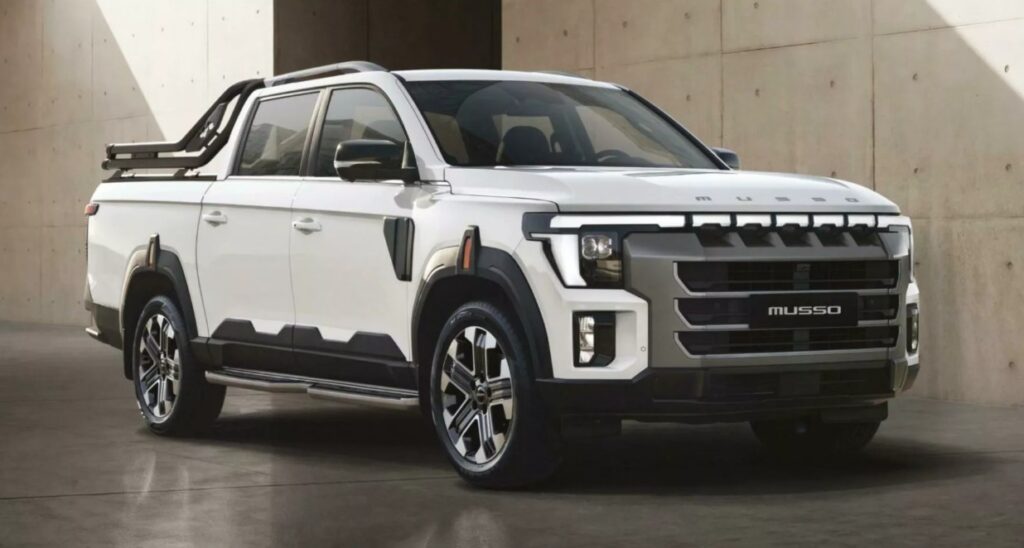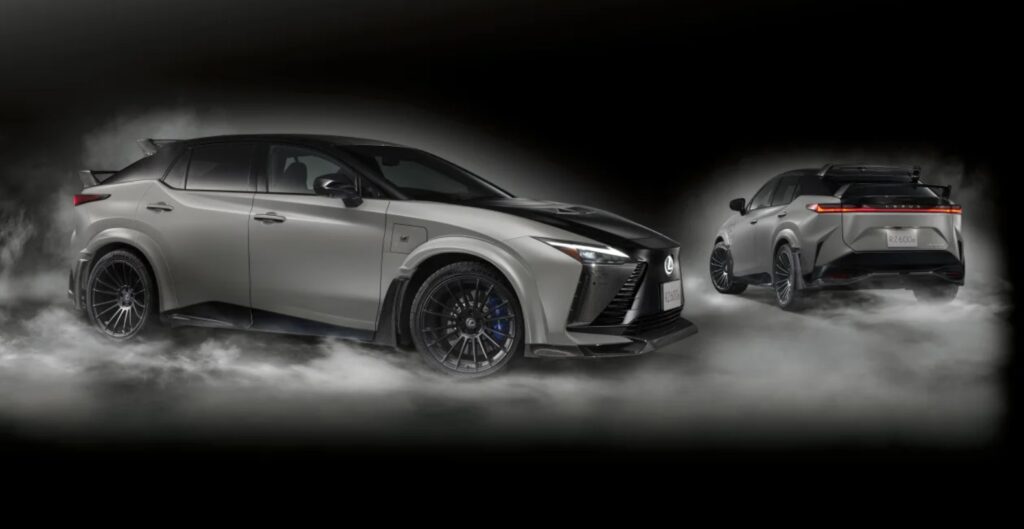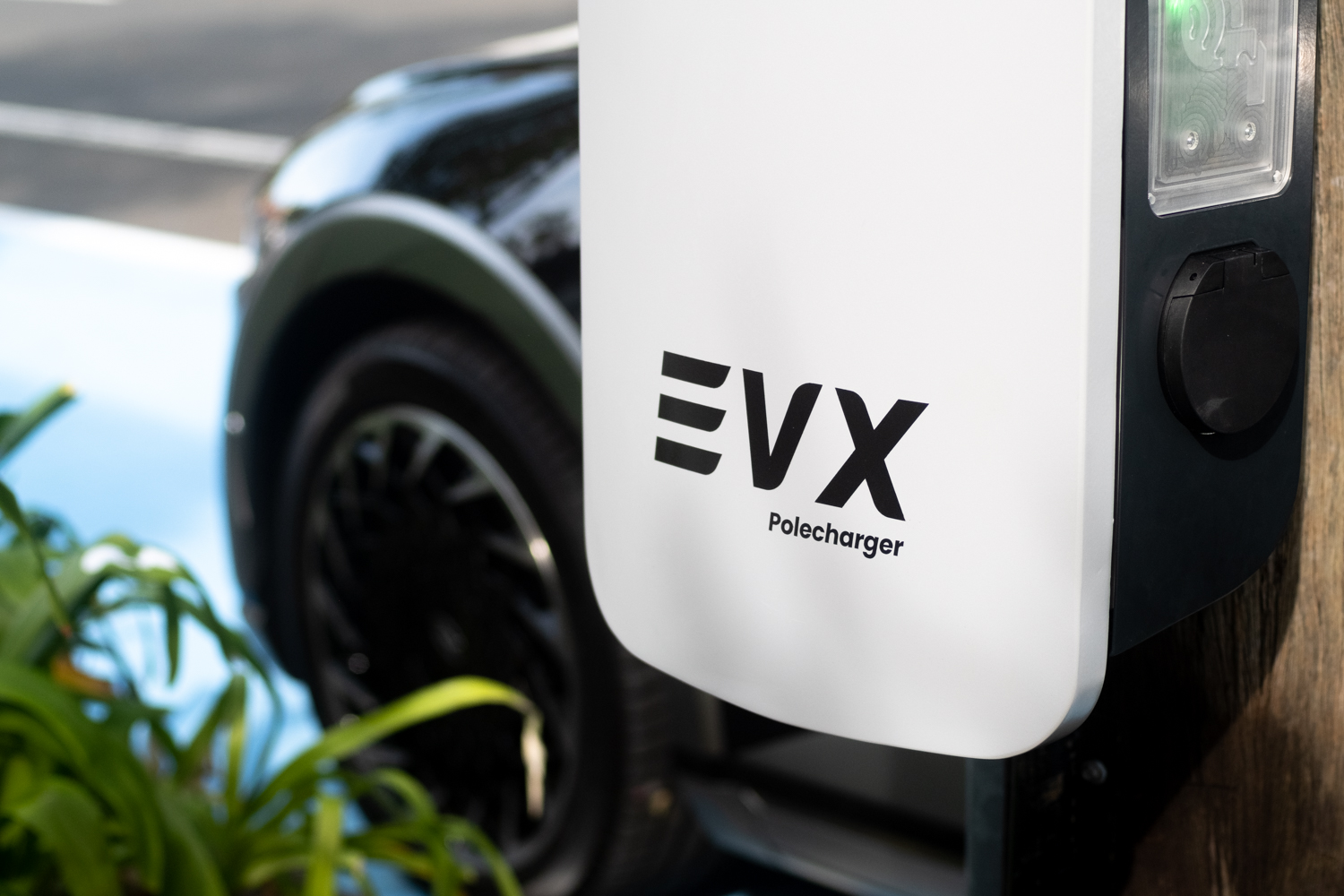
UPDATE: After revealing a plan to improve electric vehicle ownership, the City of Sydney council has made its first concrete step with the installation of a public power pole charger.
The single Type 2 charger was installed by Ausgrid and is capable of delivering AC electricity at 22kW. It’s located in Sydney’s inner suburb of Glebe on St Johns Road, between Derwent Street and Glebe Point Road and you’ll need to bring your own cable.
Run by EVX, the charger is powered by 100 per cent renewable energy, though the cost is fairly steep at $0.50 per kWh of electricity delivered. For reference, an ultra-rapid Chargefox, Ampol or Evie location costs $0.60/kWh, and a Tesla Supercharger $0.52/kWh. The average cost per kWh in NSW is $0.28.
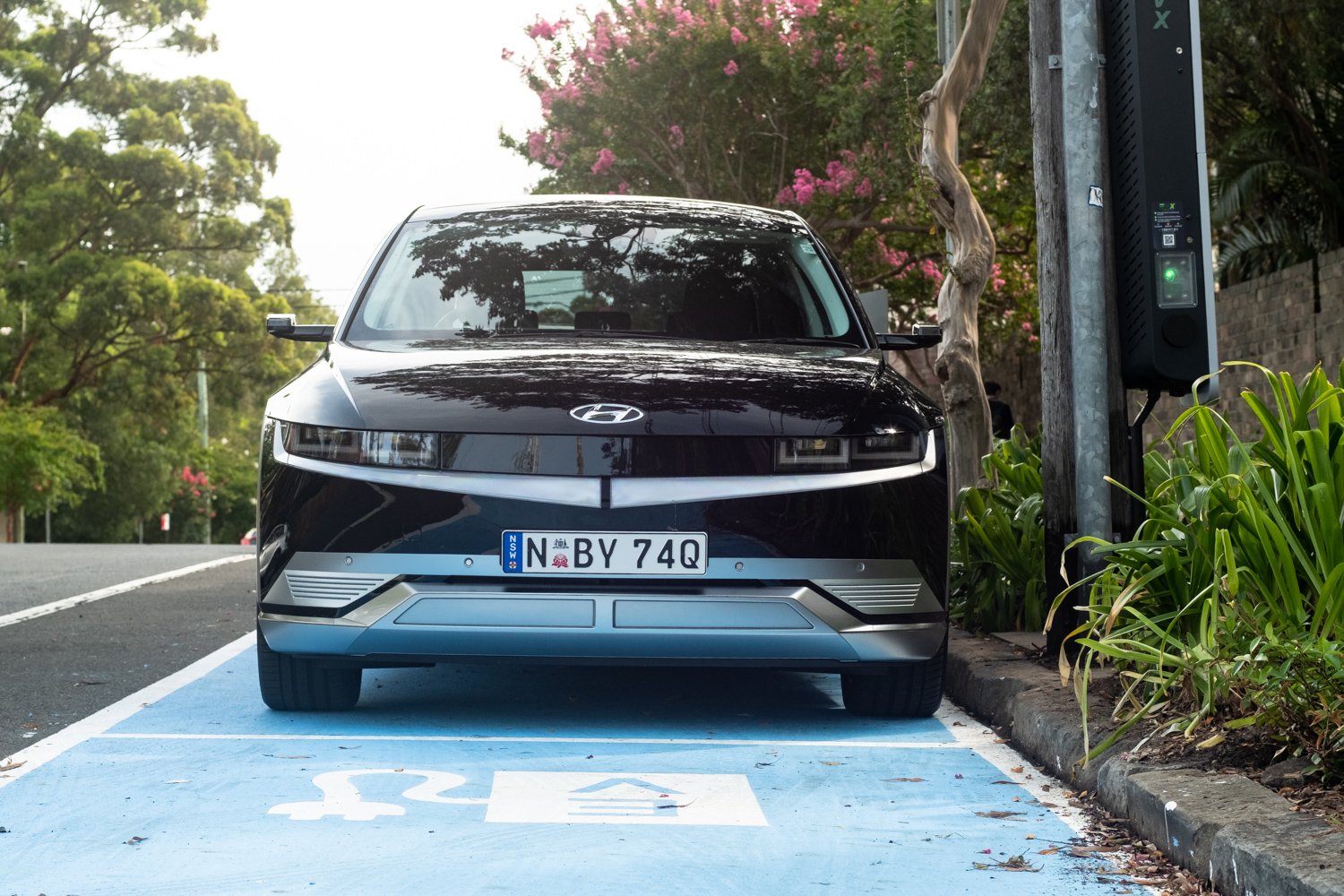
For those wondering, charging your EV at the location is price competitive with parking meters. For an hour of time in an EV that accepts current at 7kW, an hour will cost you $3.50, whereas 60 minutes of metered parking costs $3.90.
An electric vehicle that takes electricity at 7kW, such as the Hyundai Ioniq 5 pictured, will add 13 per cent charge in an hour, or about 60km driving range.
While one location won’t revolutionise charging for those living in the inner city, this installation is being seen as a trial. If the council deems it successful, then more are likely to be rolled out.
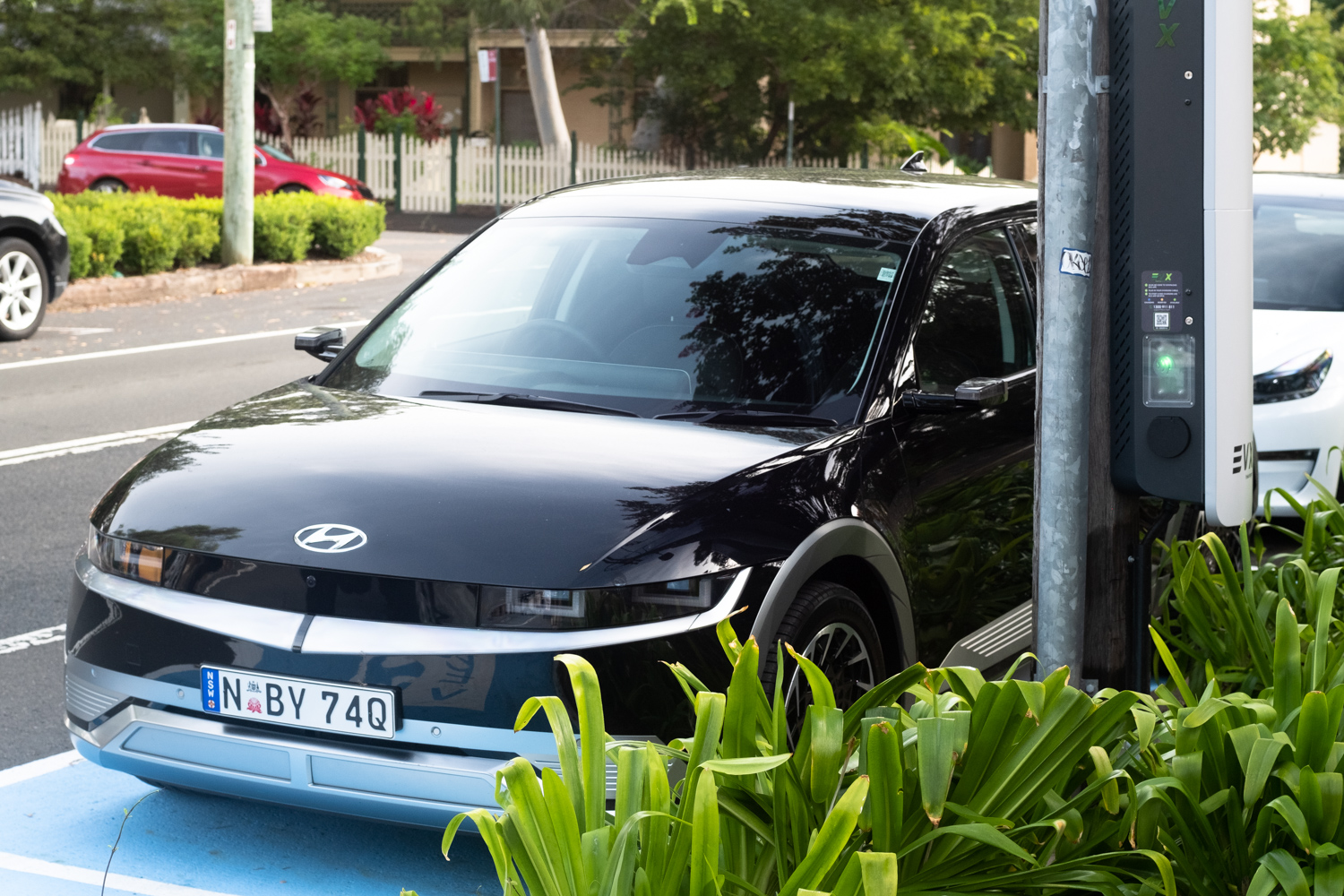
Ausgrid converted a Mona Vale substation to a charge point in 2021, and installed its first power pole charger in Newcastle in December last year. The company has pledged 30,000 public power pole installations by 2029.
Our original story, below, continues unchanged
UPDATE Feb 27: The City of Sydney Council has detailed a plan to improve electric vehicle infrastructure on its way to achieving net-zero emissions by 2035.
Promises include doubling the number of EV chargers in carparks, implementing on-street charging, and consulting with strata and building owners for home charging.
The Greater Sydney Area is largely suburban with high levels of car ownership, but the metropolitan City of Sydney is unique, with one-third of residents surveyed not currently owning a car and 75 per cent of the population living in flats.
Lord Mayor Clover Moore has been actively encouraging low emissions forms of transport such as cycling, walking, and public transport, but until now little has been done to improve EV ownership for inner-city folk.

A lack of public infrastructure has led to bizarre scenes, such as extension cords dangling from balconies of 19th-century Balmain terraces charging Teslas, illustrating just how quickly the availability of EVs has leap-frogged infrastructure in urban areas.
“Reducing private vehicle dependence is the most effective way to cut emissions, so we remain focused on delivering our comprehensive bike network, supporting ambitious public transport projects, and ensuring our city is a pleasant and accessible place to walk to, from and around”, said Sydney Lord Mayor, Clover Moore.
“Not all trips can be completed on a bike or public transport, so electrification of high-impact fleets such as delivery and service vehicles, as well as private vehicles, will help complete the journey to net-zero transport”, Moore added.
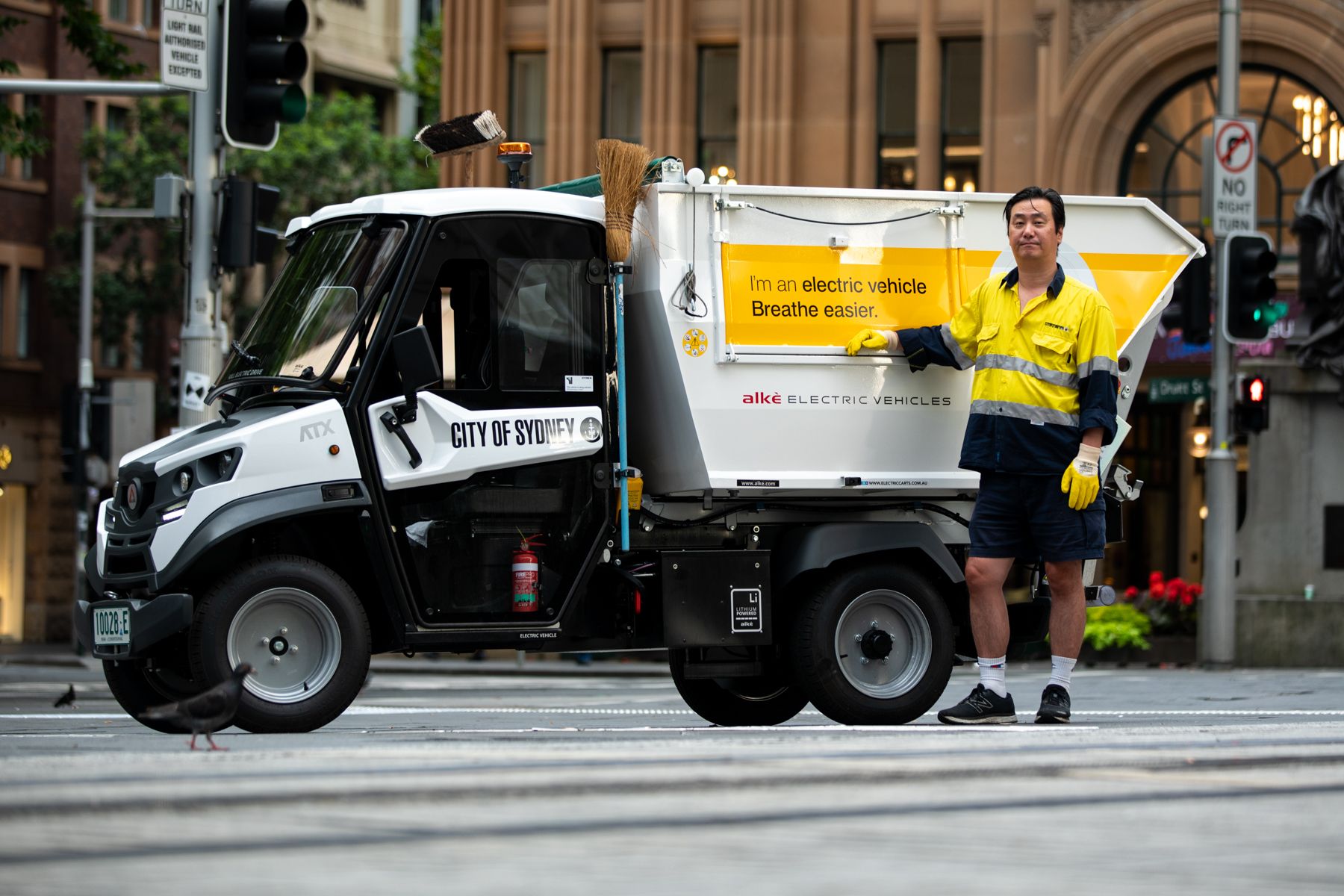
What’s the City of Sydney’s plan for public charging?
The City of Sydney is focusing on home-style AC charging, with rates up to 22kW, rather than fast and rapid charges above 50kW, which will be left to private companies such as ChargeFox and Evie.
There are plans to increase the existing number of charging points in council-owned car parks in the CBD and Kings Cross to 18, as well as adding new 22kW chargers in Newtown and Redfern.
In the inner-city suburb of Glebe, the City of Sydney will also feature London-style public on-street AC charging stations. The plan doesn’t discuss the cost of charging, but it’ll likely be cheaper that the $0.60/kWh charged by rapid-charging networks.
The Council has also promised to work with private off-street parking providers and service stations.
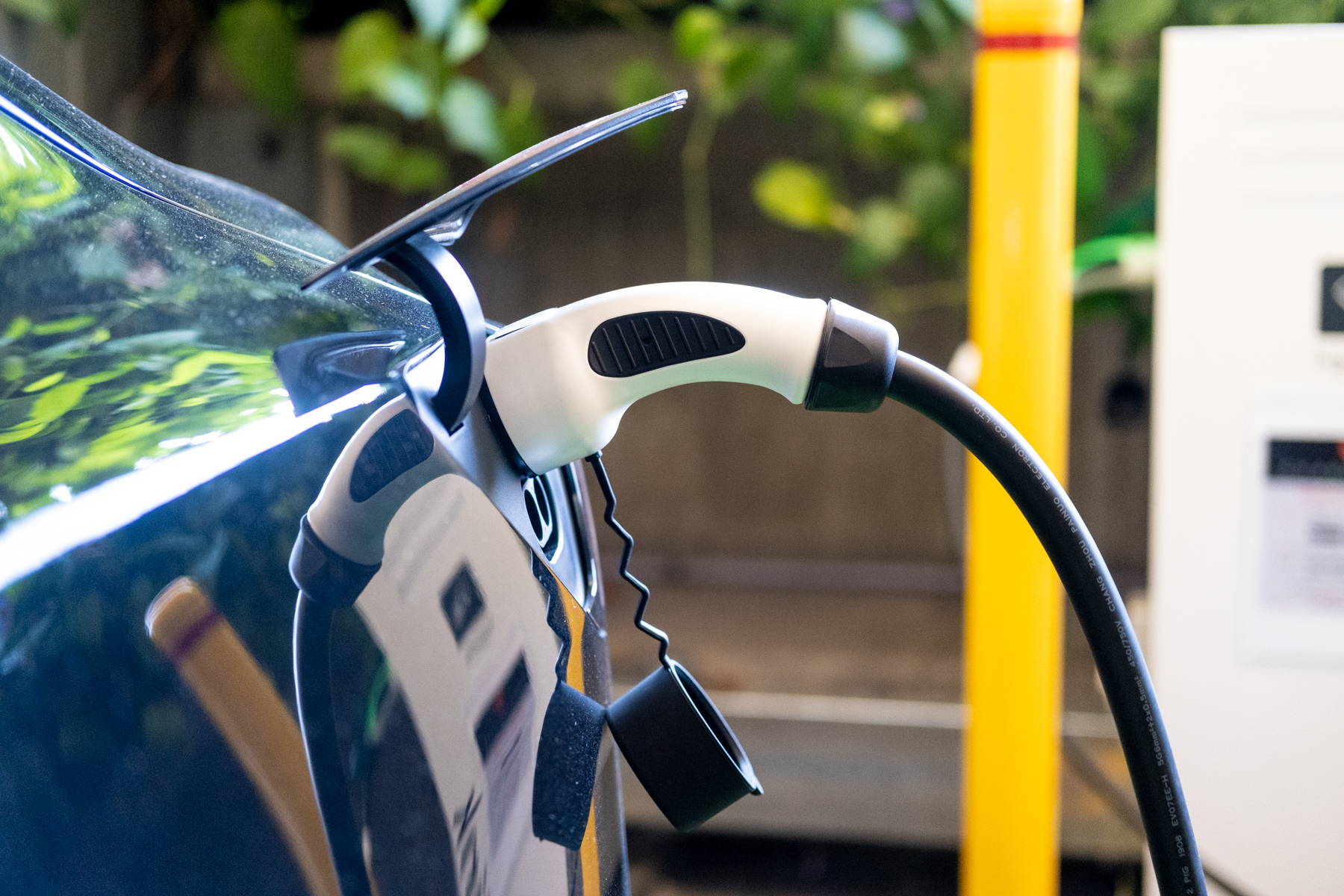
What about charging at home?
For those who own a detached property, the benefit of a roof-top solar installation and home charging is clear. Those who rent dwellings, or own flats, often don’t have the same freedoms.
In the City of Sydney, 75 per cent of the 210,000 residents live in apartment buildings. To aid EV adoption, Moore’s strategy involves liaising with strata companies as building chargers in underground car parks isn’t as simple as it sounds.
“Many of these apartments have off-street parking spaces and we know that most of them will look to charge their electric vehicles in those spaces. The more who can, the less spillover there will be into other charging systems.
“But owner’s corporations need to juggle complex metering, demand management and efficiency, safety standards and insurance and of course, questions over who pays and how”, the Lord Mayor said.
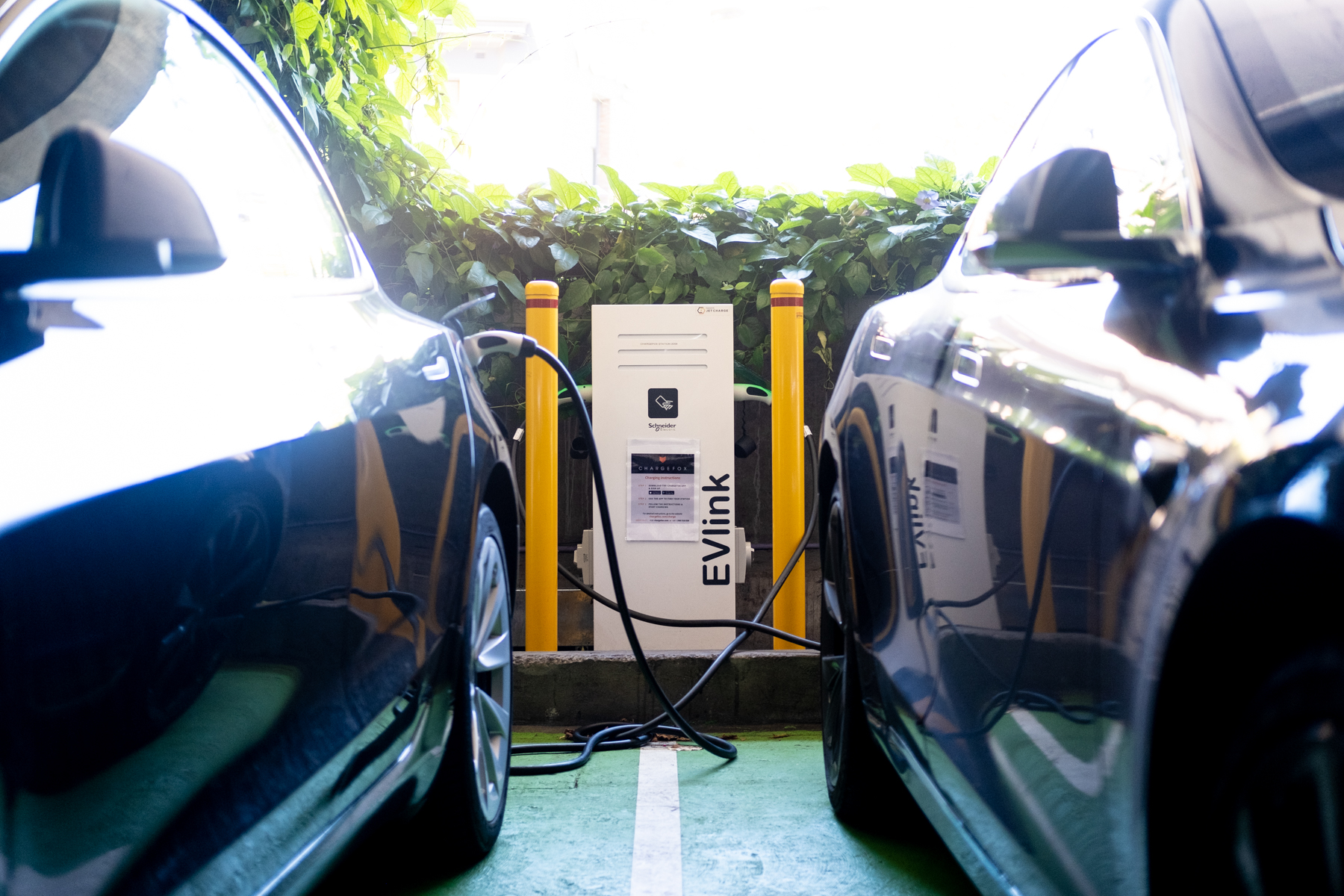
“We will be conducting a comprehensive research project in a range of different building styles and ages, to figure out how to overcome these challenges and outline best practice options for apartment buildings looking to retrofit.”
Additionally, the City of Sydney will introduce a mandate for all new buildings to be constructed with electric vehicle charging in mind.
We recommend
-
 Features
FeaturesEV Guide: Home charging your electric car
When your garage becomes your new favourite fuel station
-
 Advice
AdviceEV Charging Explained: Home & public charging, speed & plugs
Sponsored by GET Electric, this is a go-to guide to understand charging an EV at home or on the road
-
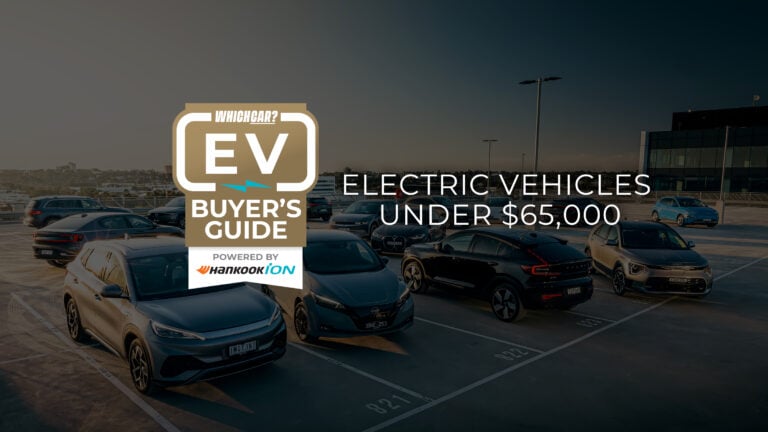 Comparisons
ComparisonsBest Electric Cars Under $65k: Cheapest EVs Rated
Welcome to part one of three price-based EV buying guides, this one focused on the most affordable electric cars available in Australia today



